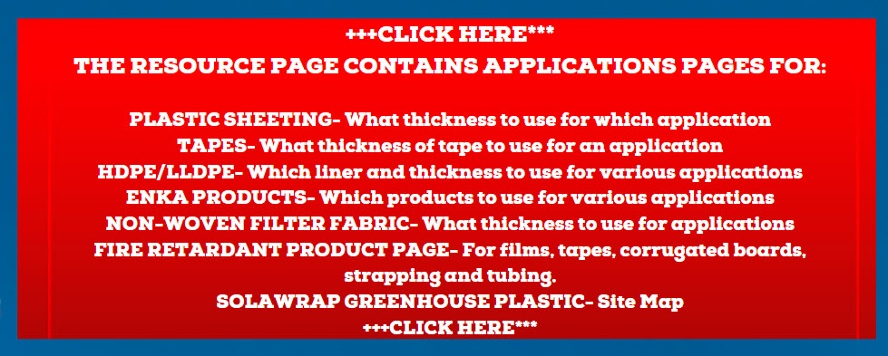In various industries and sectors, the safety and containment of hazardous materials and substances are of utmost importance. Secondary containment systems play a crucial role in preventing the release of harmful substances into the environment and mitigating potential risks. In this blog, we will delve into the concept of secondary containment, exploring its definition, purpose, applications, and significance in different contexts.
What is Secondary Containment?
Secondary containment refers to the practice of using an additional layer or system to contain and prevent the escape of hazardous materials or substances in the event of a primary containment failure. It acts as a safeguard, creating a backup or secondary barrier to protect the environment, human health, and property from potential damage.
Who Uses Secondary Containment?
A wide range of industries and facilities utilize secondary containment systems as part of their risk management strategies. These may include:
-
Chemical and Petrochemical Industry: Facilities involved in the production, storage, and transportation of hazardous chemicals and petroleum products often require secondary containment systems. This ensures compliance with regulatory standards and reduces the risk of accidental spills or leaks.
-
Oil and Gas Industry: Refineries, storage terminals, and pipelines utilize secondary containment measures to prevent oil and gas spills, protecting surrounding ecosystems and water sources.
-
Manufacturing and Industrial Facilities: Plants handling hazardous materials, such as acids, solvents, or toxic substances, implement secondary containment to minimize the impact of potential leaks or releases.
-
Agricultural Sector: Farms and agricultural operations may employ secondary containment systems for storing fertilizers, pesticides, and other chemicals, preventing contamination of soil and water resources.
When is Secondary Containment Used?
Secondary containment is used as a preventive measure whenever there is a possibility of leaks, spills, or breaches in primary containment systems. It acts as a failsafe, providing a buffer zone to contain any escaping substances, allowing for prompt response and mitigation of potential environmental or health risks. Secondary containment is employed during routine operations, maintenance, and emergency situations to ensure continuous protection.
Why is Secondary Containment Important?
The importance of secondary containment stems from its ability to minimize the impact of accidental releases and protect the environment, human health, and infrastructure. Here are key reasons why secondary containment is vital:
-
Environmental Protection: Secondary containment prevents hazardous substances from reaching soil, water bodies, or ecosystems, preserving the integrity of the environment and biodiversity.
-
Public Health and Safety: By preventing the release of harmful substances, secondary containment safeguards public health, minimizing the risk of exposure to toxic or hazardous materials.
-
Regulatory Compliance: Many jurisdictions have stringent regulations mandating the use of secondary containment systems for specific industries. Compliance ensures adherence to legal requirements and avoids penalties or legal consequences.
-
Risk Reduction: Implementing secondary containment measures reduces the likelihood of accidents, spills, or leaks, mitigating potential hazards and associated financial liabilities.
What is the difference between a primary containment and a secondary containment?
The difference between primary containment and secondary containment lies in their purpose and function.
Primary containment refers to the initial barrier or vessel designed to hold hazardous materials, such as tanks or containers. It is the first line of defense against leaks or spills.
Secondary containment, on the other hand, acts as an additional protective measure to prevent the spread of hazardous materials in case of primary containment failure. It is a backup system that includes barriers, berms, or liners surrounding the primary containment to contain any leaks or spills and prevent environmental contamination.
While primary containment focuses on safely storing hazardous materials, secondary containment provides an extra layer of protection to minimize the impact of potential leaks or spills, safeguarding the environment and preventing costly cleanup efforts.
Conclusion: Secondary containment serves as a crucial safety measure, providing an additional layer of protection against the release of hazardous materials. Its application spans various industries and sectors, safeguarding the environment, human health, and property. By understanding the purpose and significance of secondary containment, industries can ensure compliance, minimize risks, and contribute to a safer and more sustainable future.



